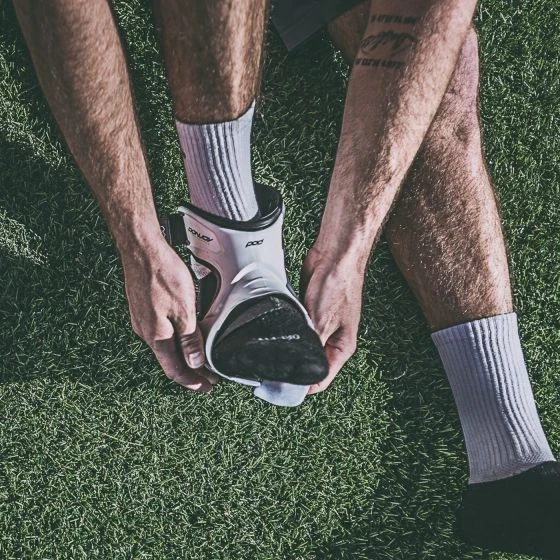Pickleball has swept the nation as fast as a quick serve from your opponent. It’s become a popular activity for people of all ages, whether they play casually in the park or participate in tournaments. With everyone out playing pickleball on the weekends, there are bound to be some pickleball-related questions you have about protecting and supporting your body. Fortunately, there are easy ways to reduce your risk of injury, discomfort, and strain. With a few simple pickleball safety tips, you can feel even better and have more fun on the court.
Find Out Which Joints Might Need Extra Support
If you play a sport like pickleball, recognizing signs that your body might need additional support is key. Whether you feel discomfort while you play, after a game, or only occasionally, you can use braces and sleeves to help stabilize, protect, and support different joints. Like tennis, pickleball can strain joints, tendons, and ligaments. So, consider your knees, ankles, elbows, and wrists while playing and researching solutions. If you think you could benefit from an arm brace or ankle brace, talk to your doctor to see what they recommend.
Invest in Shoes Made for Lateral Movement
Pickleball is a court sport that requires lots of lateral movement. Certain shoes aren’t ideal for pickleball because they don’t have reinforced sides or sturdy soles. While you can choose shoes with different types of sole material depending on where you play (indoor or outdoor), lateral support is essential. Look for shoes that are specifically designed with thicker and potentially less flexible material along the sides of the shoes.
Wear High-Quality Braces and Sleeves
It’s easy to find effective braces and sleeves for casual games of pickleball or competitive tournaments. They’re comfortable, supportive, and can help you protect your joints, ligaments, and tendons. Sports braces and sleeves help distribute weight more evenly, provide mild compression, and support alignment. If you are not actively recovering from an injury, you can choose to wear a brace or sleeve for everyday support. An ankle brace or compression sleeve is a great option for pickleball to support lateral movement and reduce the risk of injuring your ankle.
Check-In with Your Body Before and After Play
With every sport you participate in, it’s important to check in with your body before and after you play. Do active stretches or simply note how you feel during the day before you practice or start a match. Stretching is a smart way to check in with your body because it can help you warm up or cool down. Plus, stretching supports mobility and flexibility, which is also important on the court. If you wear a knee brace, you can leave it on during stretching, but notice how your joint feels when the brace comes off as well. Braces can help support and protect your body but do not completely eliminate your risk of discomfort.
If you play pickleball regularly, protect and support your body using these simple tips. Pickleball is a popular sport for good reason—it’s incredibly fun! Share these tips to enjoy a safe practice or match with your pickleball partner.
About DonJoy®
Being active and protecting your body requires targeted support, and DonJoy® can provide the sports braces and rehabilitation tools you need to maintain and improve your performance. Their trusted arm, knee, shoulder, back, and leg brace selection is medically recommended. Among their versatile collection of products, you can find options from DonJoy, Compex, Chattanooga, AirCast®, and other premium brands manufactured by Enovis. DonJoy was founded by a professional offensive lineman in 1978, so they know what it takes to support every active lifestyle, from the weekend warriors to the top athletes in the world. Their passion is evident in every product, blog post, and informative guide. No matter your sport or what level you play at, DonJoy provides the solutions you need to protect and support your body.
Discover the braces DonJoy recommends for pickleball at https://www.donjoystore.com/
Original Source: https://bit.ly/3V9gLdy
Pickleball Safety 101: Support Your Joints


